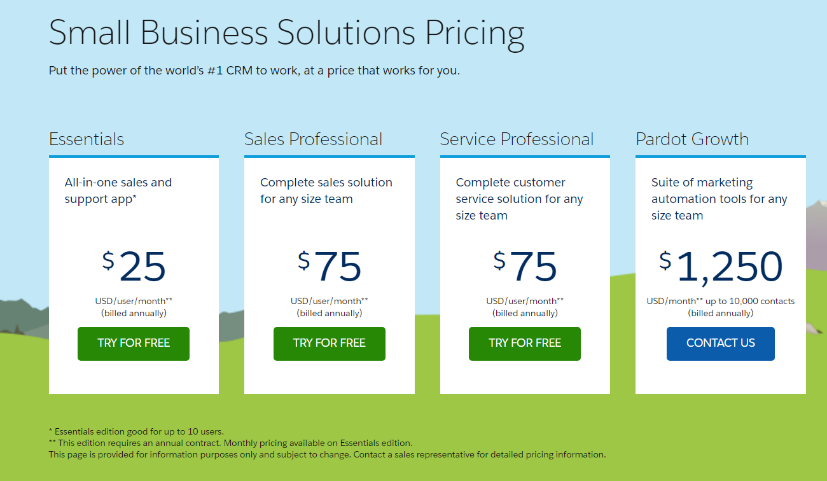So you’ve heard about SaaS (Software as a Service) and you’re curious about how you can turn this innovative software delivery model into a lucrative business venture. Well, you’re in luck! In this article, we’ll explore the various strategies and tactics that can help you make money with SaaS. From pricing models to customer acquisition, we’ll guide you through the essential steps to build a successful and profitable SaaS business. Whether you’re a tech enthusiast looking to capitalize on the booming software industry or an entrepreneur searching for a new revenue stream, this article is a must-read for anyone wanting to unlock the potential of SaaS.
1. Building a SaaS Product
Developing an Idea
The first step in building a SaaS product is developing a unique idea that addresses a pain point or solves a problem for potential customers. This idea should be innovative and have a clear value proposition.
Market Research
Market research is crucial in understanding the potential demand for your SaaS product. It involves conducting thorough market analysis, identifying your target audience, and studying your competition to gain insights into market trends and customer needs.
Validation of the Idea
Validating your idea is an essential step in ensuring that there is a market for your SaaS product. This often involves conducting surveys, interviews, or running pilot tests to gather feedback and determine if the idea is viable.
Building a Minimum Viable Product (MVP)
To minimize risks and costs, it is recommended to build a Minimum Viable Product (MVP) – a scaled-down version of your SaaS product with basic features. This allows you to gather early customer feedback, iterate, and refine your product according to user needs.
Iterative Development Process
Building a SaaS product often follows an iterative development process, where you continuously gather feedback, make improvements, and release new versions. This Agile approach enables you to respond to market demands, enhance user experience, and optimize product performance.
Understanding User Needs
To create a successful SaaS product, it is crucial to understand the needs and pain points of your target audience. Conducting user research, collecting feedback, and analyzing user behavior will help you tailor your product to meet their specific requirements.
Creating a Seamless User Experience
A seamless user experience is vital in maintaining customer satisfaction and driving user adoption. By designing intuitive interfaces, streamlining workflows, and ensuring a frictionless onboarding process, you can enhance the overall user experience of your SaaS product.
Investing in Quality Assurance (QA)
To deliver a reliable and robust SaaS product, investing in quality assurance is crucial. Conducting thorough testing, both during the development stage and after each release, helps identify and resolve any bugs, ensuring a smooth user experience.
Implementing Scalability and Security
As your SaaS product grows, it is vital to ensure scalability and security. This includes designing a scalable infrastructure, implementing proper data protection measures, and regularly updating and patching any vulnerabilities to safeguard customer data.
Choosing the Right Technology Stack
Selecting the right technology stack is essential for the successful development of your SaaS product. Consider factors such as scalability, performance, security, and ease of maintenance when choosing the programming languages, frameworks, and infrastructure to build your product.
…
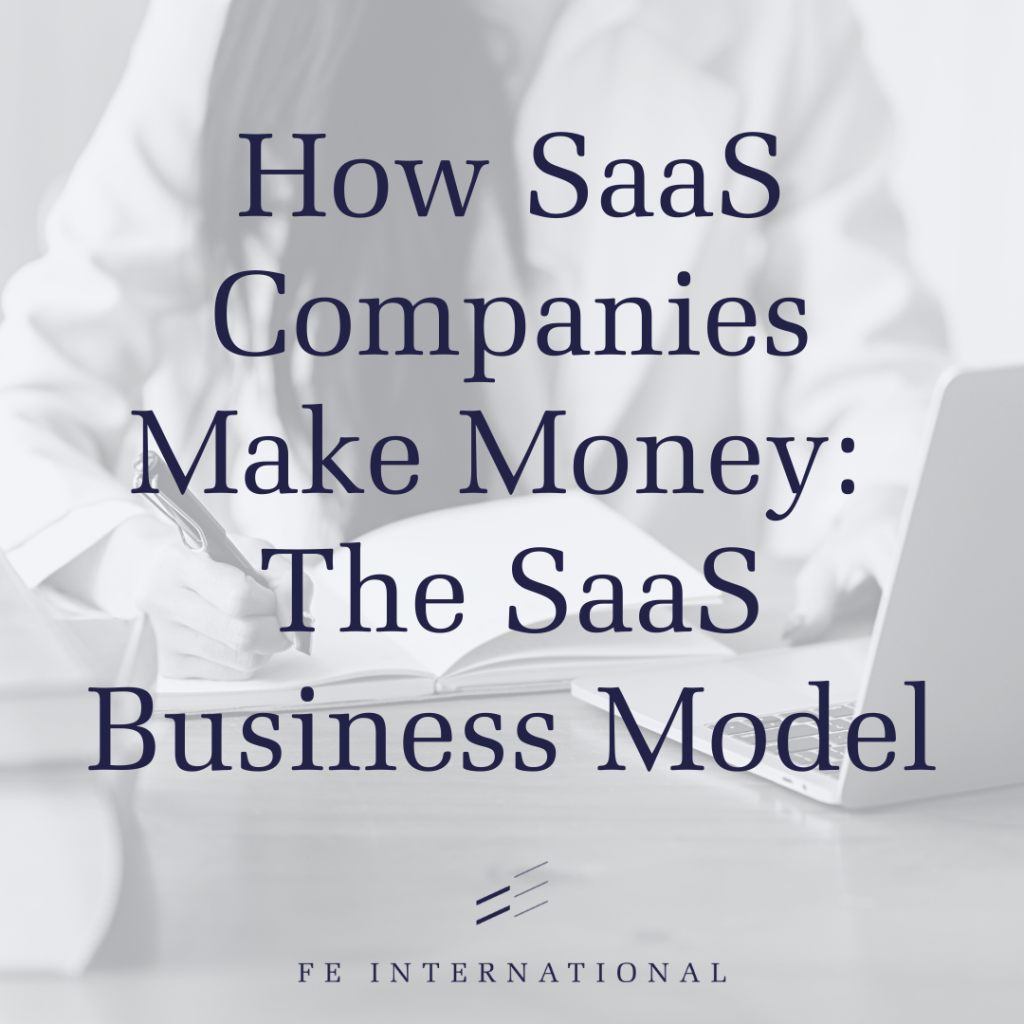
This image is property of feinternational.com.
2. Pricing Strategy
Value-Based Pricing
Value-based pricing involves determining the price of your SaaS product based on the perceived value it provides to customers. By understanding the benefits your product offers and aligning the pricing accordingly, you can effectively monetize its value.
Bundling and Packaging
Bundling and packaging refers to grouping your SaaS product with other complementary features or services to create different pricing tiers and options. This allows customers to choose the package that best suits their needs while maximizing your revenue potential.
Free Trial
Offering a free trial period is an effective strategy to attract potential customers and allow them to experience the value of your SaaS product firsthand. It provides an opportunity for users to test your product before committing to a purchase.
Tiered Pricing
Tiered pricing involves offering different pricing options with varied features and levels of access. This allows customers to select the plan that aligns with their specific requirements and budget.
Per-User Pricing
Per-user pricing is a common pricing model for SaaS products, where customers are charged based on the number of users or seats. This model ensures that the pricing scales with the customer’s growth and usage.
Usage-Based Pricing
Usage-based pricing involves charging customers based on the amount of resources or features they utilize. This pricing model is particularly suitable for SaaS products with variable usage patterns or those that offer additional features on-demand.
Frequent Updates and Feature Releases
Regularly releasing updates and new features for your SaaS product not only keeps your existing customers engaged but also provides an opportunity to attract new customers. By emphasizing the continuous improvement and value enhancement, you can justify the pricing of your product.
Promotional Discounts
Offering promotional discounts at specific times or events can be an effective strategy to attract new customers or incentivize upgrades. These discounted prices can create a sense of urgency and encourage potential customers to take action.
Recurring Subscription Model
Implementing a recurring subscription model allows you to generate steady and predictable revenue streams. By offering customers the option to subscribe on a monthly or annual basis, you can maintain a long-term relationship and ensure regular revenue flow.
Flexible Upgrade Paths
Providing flexible upgrade paths allows customers to easily upgrade or downgrade their plans as their needs evolve. This flexibility ensures that customers feel supported and can adjust their subscription to align with their changing requirements.
…
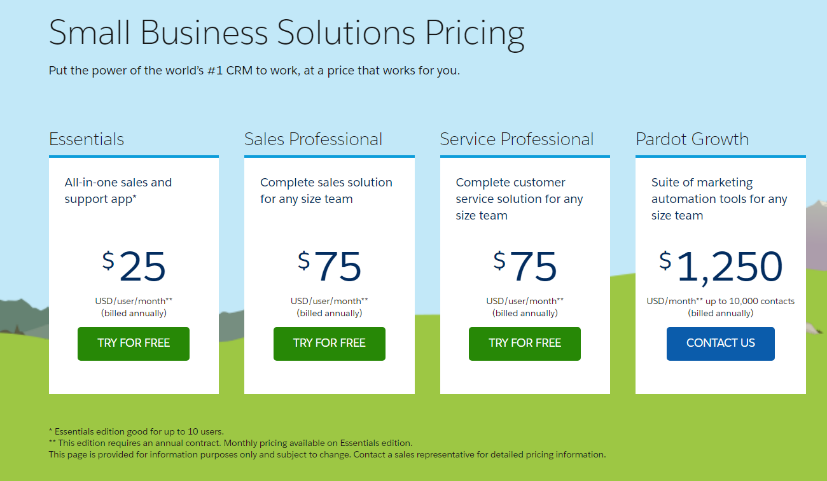
This image is property of feinternational.com.
3. Marketing and Sales
Defining Your Target Audience
Defining your target audience is crucial in creating effective marketing and sales strategies. Identify the key demographics, pain points, and motivations of your ideal customers to tailor your messaging and reach the right audience.
Creating a Compelling Value Proposition
Crafting a compelling value proposition is essential to differentiate your SaaS product from competitors. Clearly communicate the unique benefits, value, and advantages your product offers to potential customers.
Content Marketing Strategy
Implementing a content marketing strategy helps establish your authority, build trust, and attract potential customers. Create valuable and informative content such as blog posts, whitepapers, and videos that address the pain points and challenges faced by your target audience.
Search Engine Optimization (SEO)
Optimizing your website and content for search engines is crucial for increasing organic traffic and improving your online visibility. Conduct keyword research, optimize on-page elements, and create high-quality backlinks to improve your ranking on search engine result pages.
Paid Advertising
Paid advertising, such as pay-per-click (PPC) campaigns on search engines and social media platforms, can help drive targeted traffic and increase brand awareness. Develop strategic ad campaigns and optimize your ads to maximize conversion rates and ROI.
Building an Email List
Collecting email addresses and building an email list allows you to engage and nurture leads over time. Implement lead capture forms, offer valuable content in exchange for email addresses, and leverage email marketing automation to nurture and convert leads.
Social Media Marketing
Utilize social media platforms to engage with your target audience, promote your SaaS product, and build brand awareness. Develop a social media strategy, create compelling content, and interact with your followers to foster a community around your brand.
Influencer Collaborations
Partnering with influencers in your industry can help increase brand visibility and reach a wider audience. Identify influencers who align with your target audience and collaborate on content or promotions to leverage their existing following.
Referral Programs
Implementing a referral program encourages your existing customers to refer your SaaS product to others. Offer incentives for successful referrals, such as discounts or additional features, to motivate your customers to spread the word.
Sales Funnel Optimization
Continuously optimizing your sales funnel is crucial for converting leads into paying customers. Analyze each stage of the funnel, identify bottlenecks, and implement strategies to streamline the process and increase conversion rates.
…
This image is property of qph.cf2.quoracdn.net.
4. Customer Success and Retention
Onboarding Process
A smooth and effective onboarding process is vital in ensuring a positive customer experience from the start. Provide clear instructions, tutorials, and resources to help customers get up and running with your SaaS product quickly and easily.
Customer Training and Support
Offering comprehensive customer training and support is essential for addressing any questions or issues your customers may have. Provide multiple support channels, such as live chat, email, or a knowledge base, and ensure timely responses to customer inquiries.
Gathering Customer Feedback
Regularly collecting customer feedback allows you to understand their satisfaction levels, identify areas for improvement, and gather valuable insights for product enhancements. Implement surveys, feedback forms, or customer interviews to actively solicit feedback from your user base.
Continuous Improvement
Actively listening to customer feedback and leveraging it to make continuous improvements is crucial for the long-term success of your SaaS product. Regularly analyze customer feedback, identify pain points or feature requests, and prioritize them in your product roadmap.
Monitoring Key Performance Indicators (KPIs)
Monitoring key performance indicators (KPIs) allows you to track the health and success of your SaaS product. Identify relevant metrics, such as customer retention rate, churn rate, or average revenue per user, and regularly analyze and evaluate them to make data-driven decisions.
Proactive Communication
Proactively communicating with your customers helps build strong relationships and ensures their satisfaction. Regularly update them on new features, product updates, or upcoming releases to keep them engaged and informed.
Upselling and Cross-Selling
Utilize upselling and cross-selling techniques to increase customer value and generate additional revenue. Identify opportunities to upsell customers to higher-tier plans or cross-sell complementary products or features to meet their evolving needs.
Customer Retention Strategies
Implementing effective customer retention strategies is essential for reducing churn and retaining your existing customer base. Offer incentives for long-term commitments, provide exclusive features or discounts for loyal customers, and actively engage with them to foster loyalty.
Building Customer Loyalty
Building customer loyalty goes beyond providing a great product – it involves creating a positive overall experience. Personalize interactions, reward loyalty, and provide exceptional customer service to build long-term relationships with your customers.
Engaging with User Communities
Engaging with user communities, such as forums or online groups related to your industry or target audience, allows you to build strong relationships and increase brand awareness. Actively participate in discussions, provide valuable insights, and leverage these communities to gather feedback and support your customers.
…
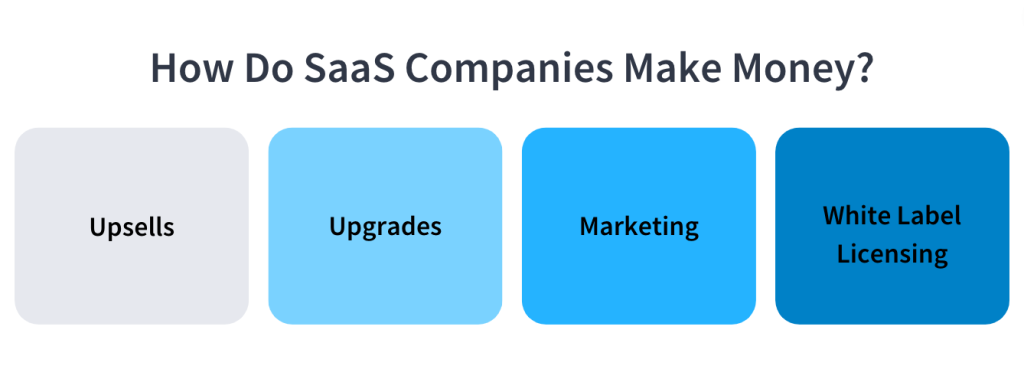
This image is property of www.demandjump.com.
5. Partnerships and Integration
Identifying Strategic Partners
Identify strategic partners who can add value to your SaaS product and help expand your reach. Look for complementary products or services that align with your target audience and explore potential collaboration opportunities.
Creating Win-Win Partnerships
When creating partnerships, it is crucial to ensure mutual benefits and goals. Establish clear expectations, define the scope of collaboration, and create win-win situations that allow both parties to leverage each other’s strengths.
API Integration
API integration allows your SaaS product to seamlessly connect with other software or platforms, enhancing its functionality and value for customers. Identify popular platforms or systems that your target audience uses and develop integrations to streamline their workflows.
Marketplace Integration
Integrating your SaaS product into online marketplaces or app stores can significantly increase its visibility and reach. Listing your product in popular marketplaces provides access to a broader customer base and increases the chances of attracting new users.
Affiliate Programs
Implementing an affiliate program enables you to leverage the networks and influence of others to promote your SaaS product. Offer incentives for affiliates who successfully refer customers, and provide them with the necessary tools and resources to effectively promote your product.
Co-Marketing Opportunities
Identify co-marketing opportunities with strategic partners to leverage their existing customer base and marketing channels. Collaborate on joint promotional campaigns, share resources, or co-host webinars to increase brand exposure and attract new customers.
Leveraging Existing User Networks
Leveraging the networks of your existing users can be a powerful strategy to increase brand awareness and acquire new customers. Encourage your users to share their positive experiences with your SaaS product and provide incentives for successful referrals.
Expanding Reach through Integrations
By integrating your SaaS product with popular tools or platforms that cater to your target audience, you can expand your reach and attract new customers. Tap into their existing user base and offer seamless integration to provide added value to their users.
Joint PR and Events
Collaborating on joint PR efforts and participating in industry events with strategic partners can significantly increase your brand visibility and credibility. Co-create content, share success stories, or participate in industry conferences and exhibitions to showcase your SaaS product.
Licensing and White Labeling
Offering licensing or white labeling options allows other companies to resell or rebrand your SaaS product as their own. This can be an effective strategy to expand your customer base rapidly and tap into new markets or industries.
…
(Continued in next message)
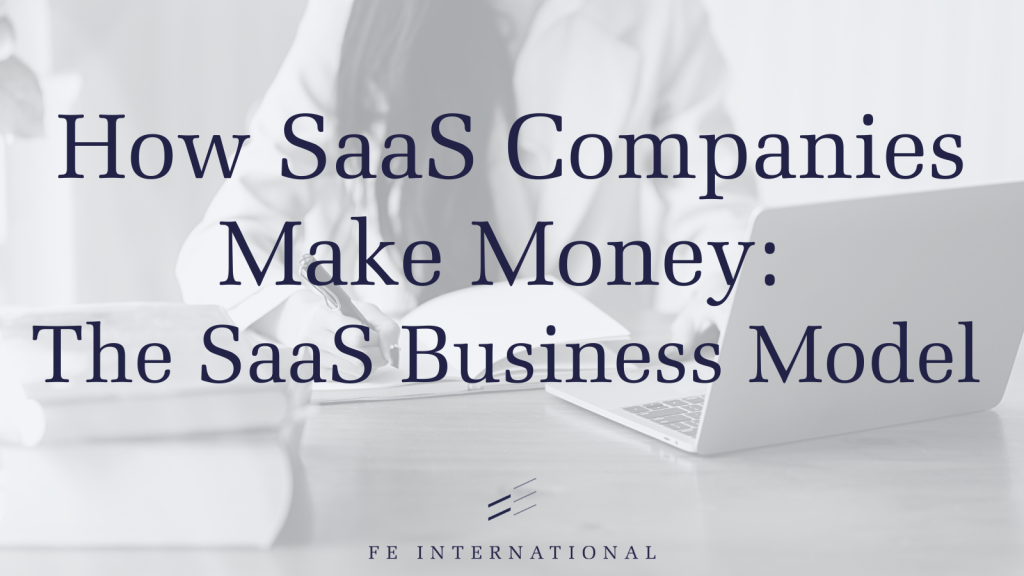
This image is property of feinternational.com.
